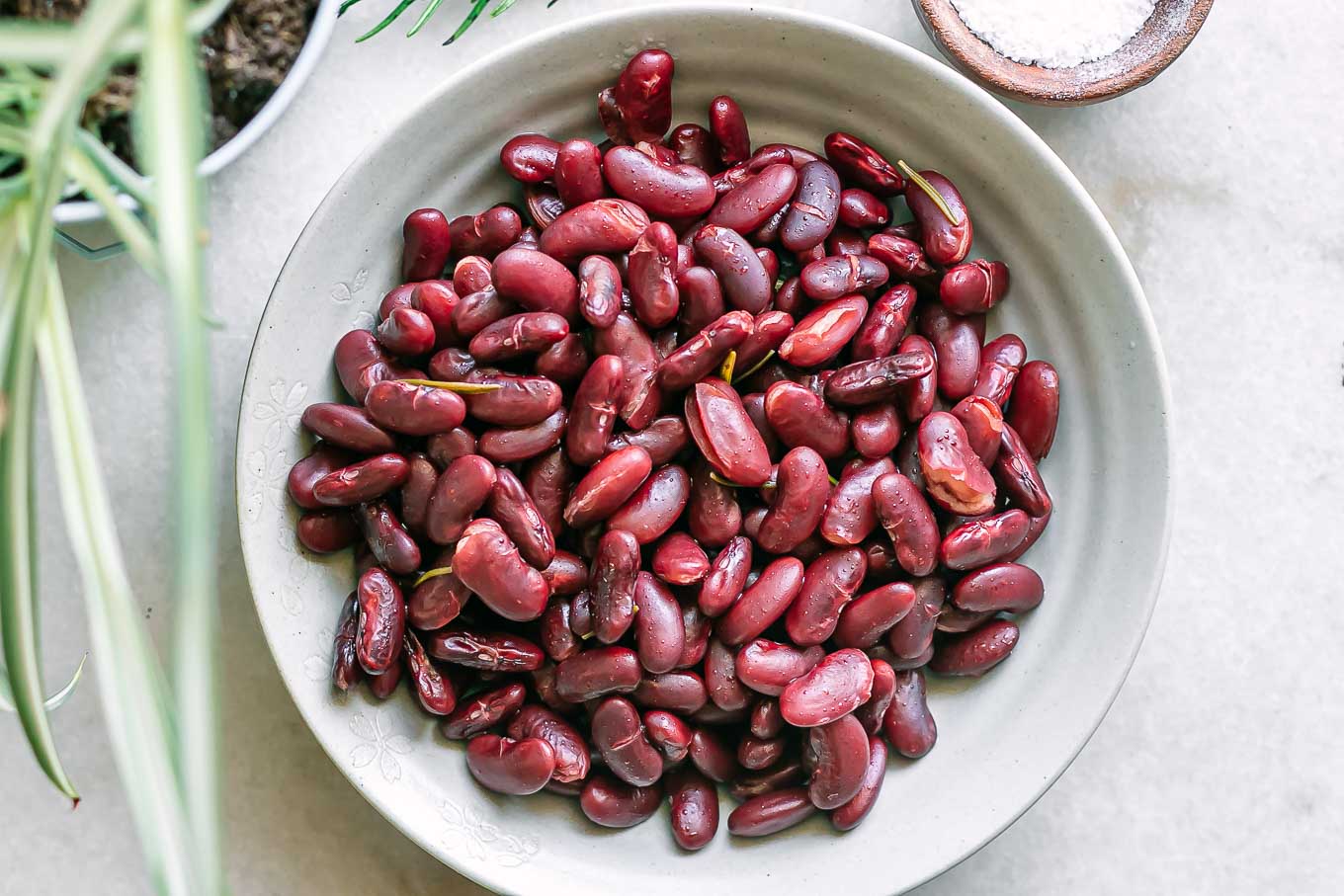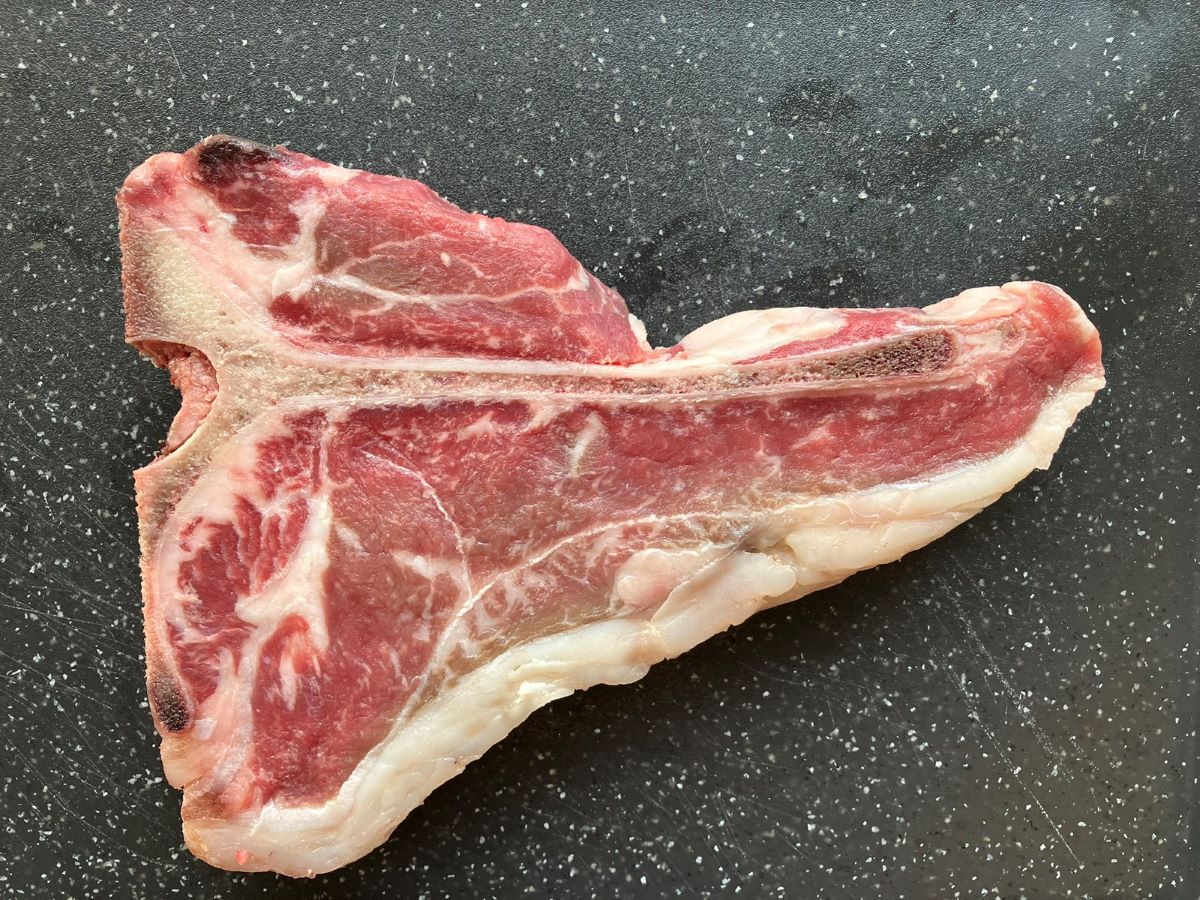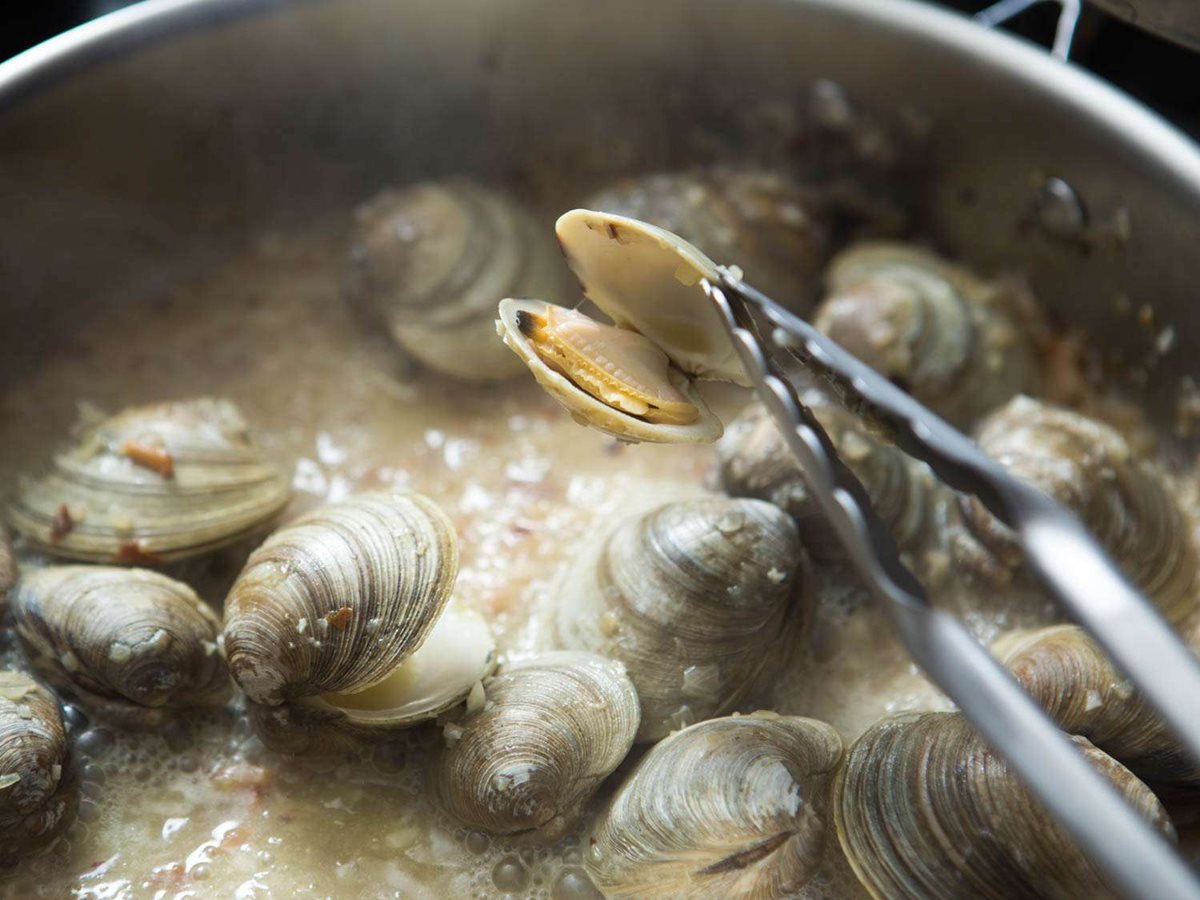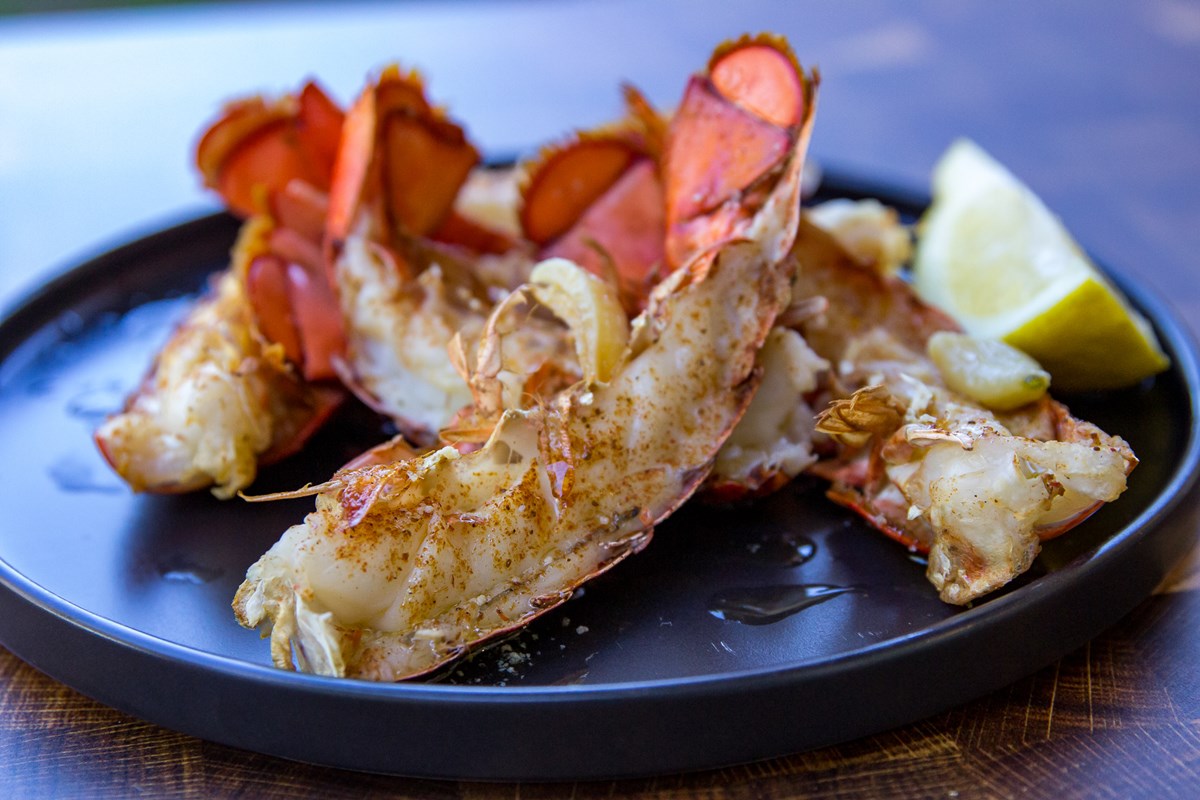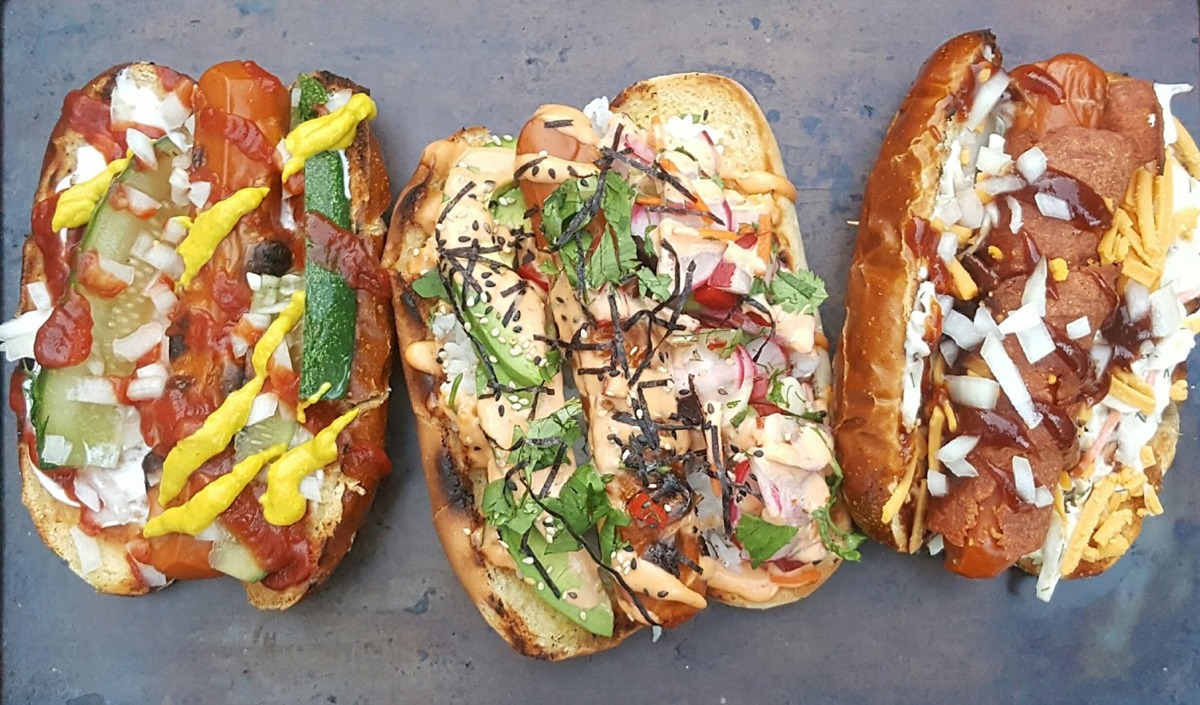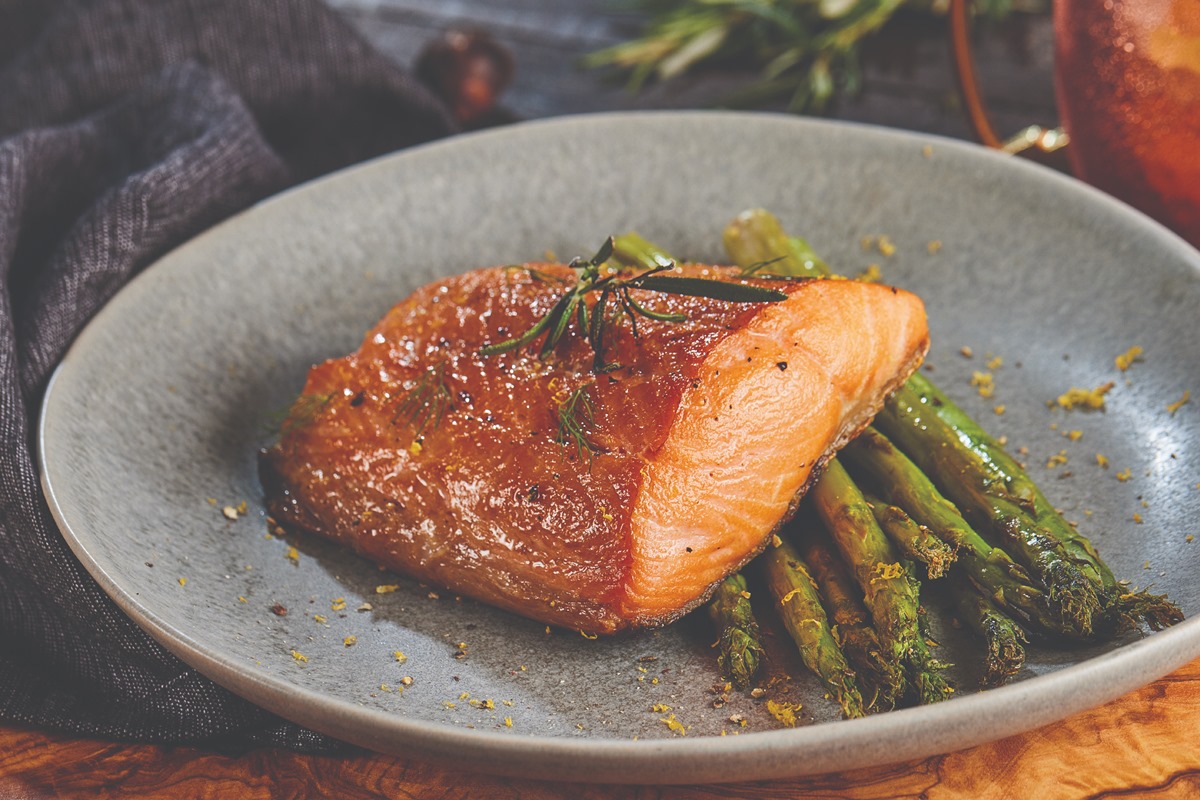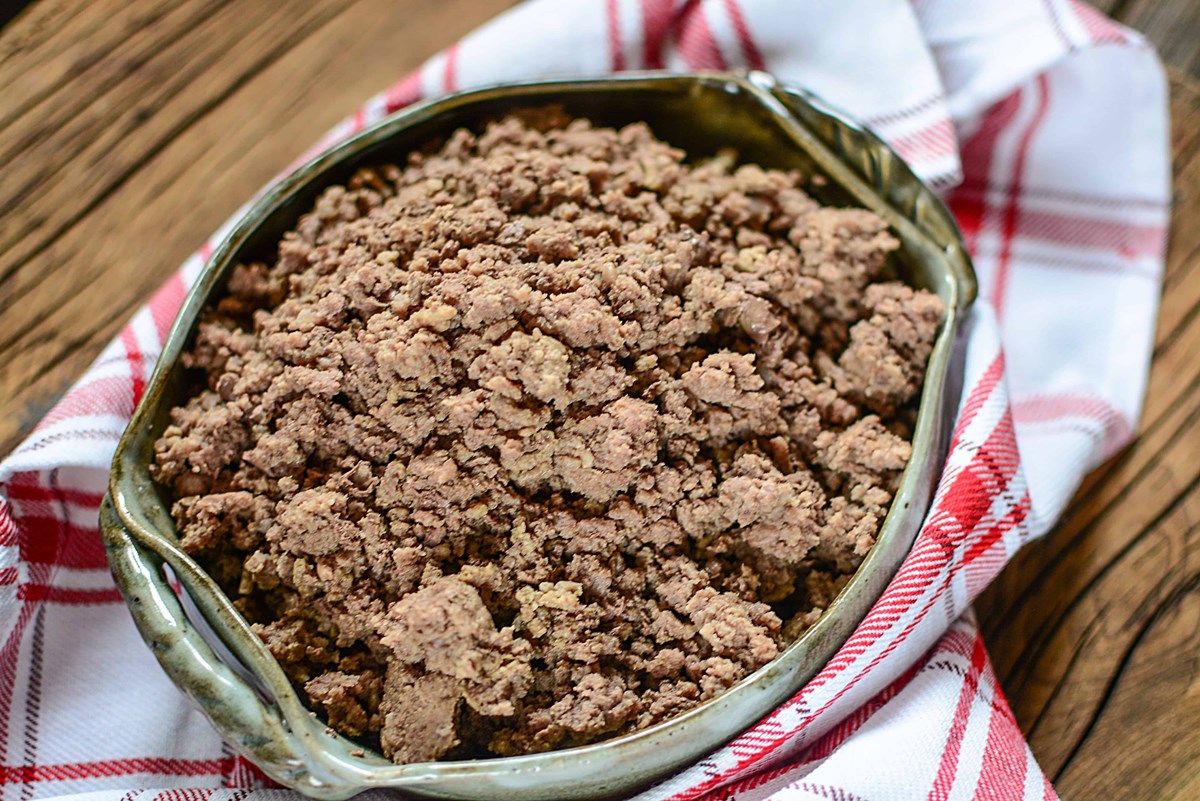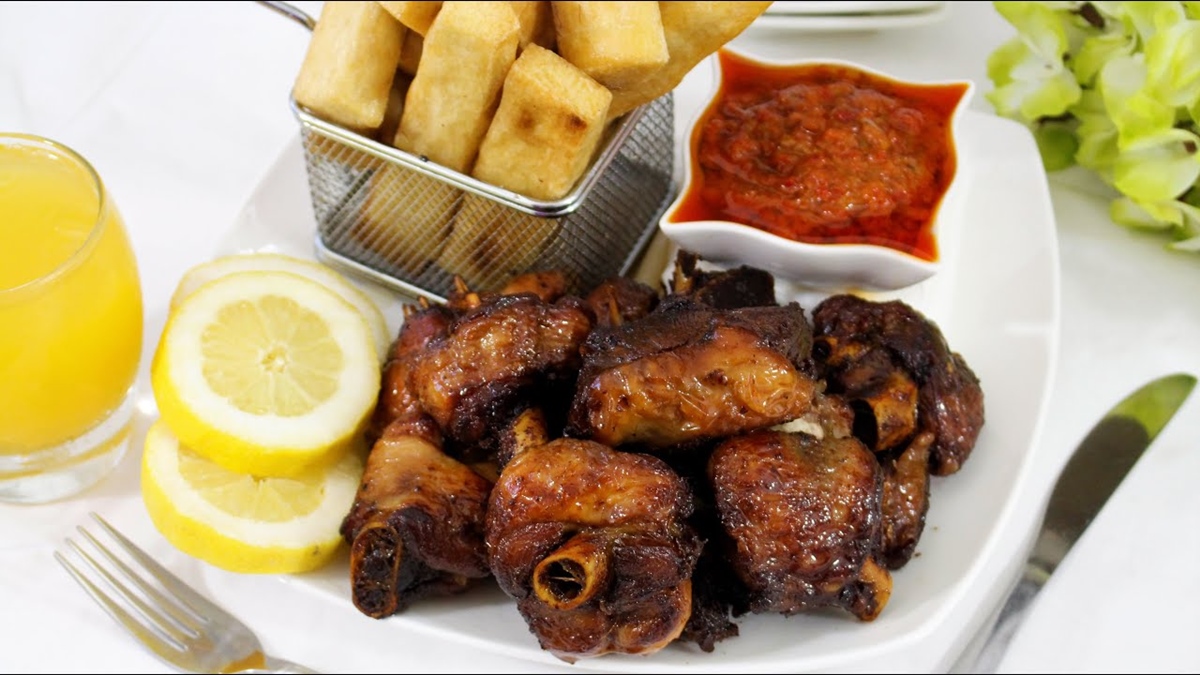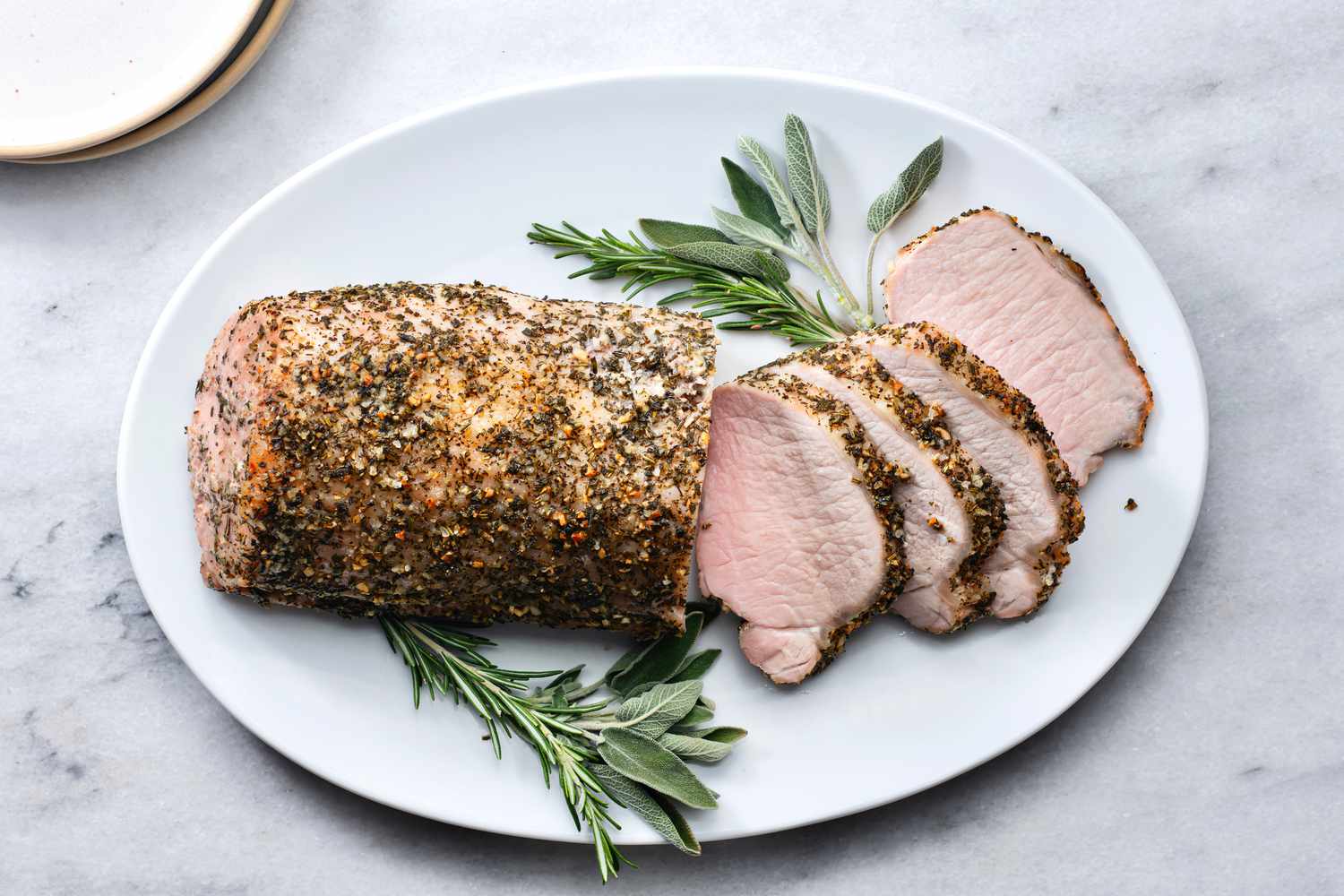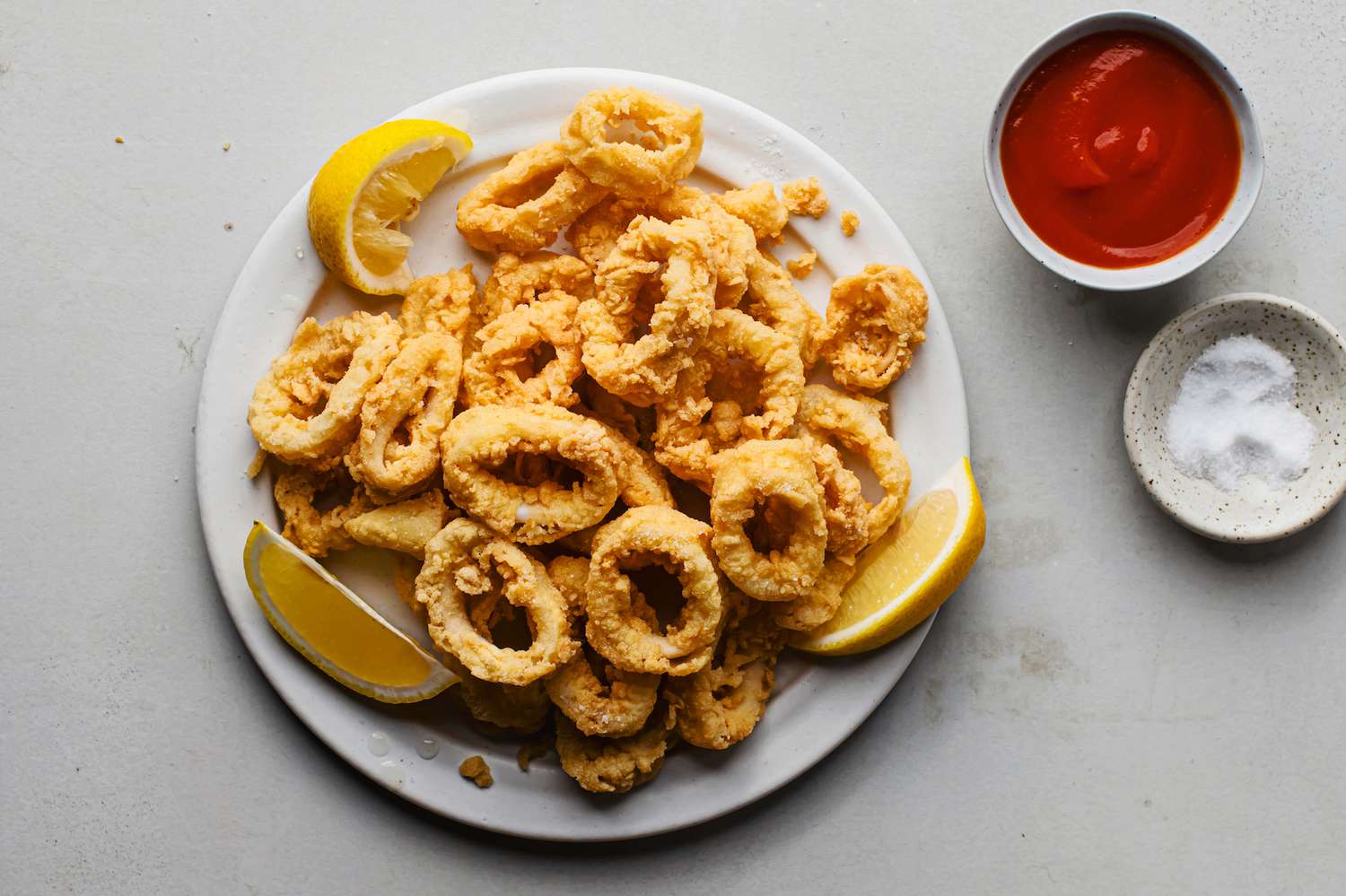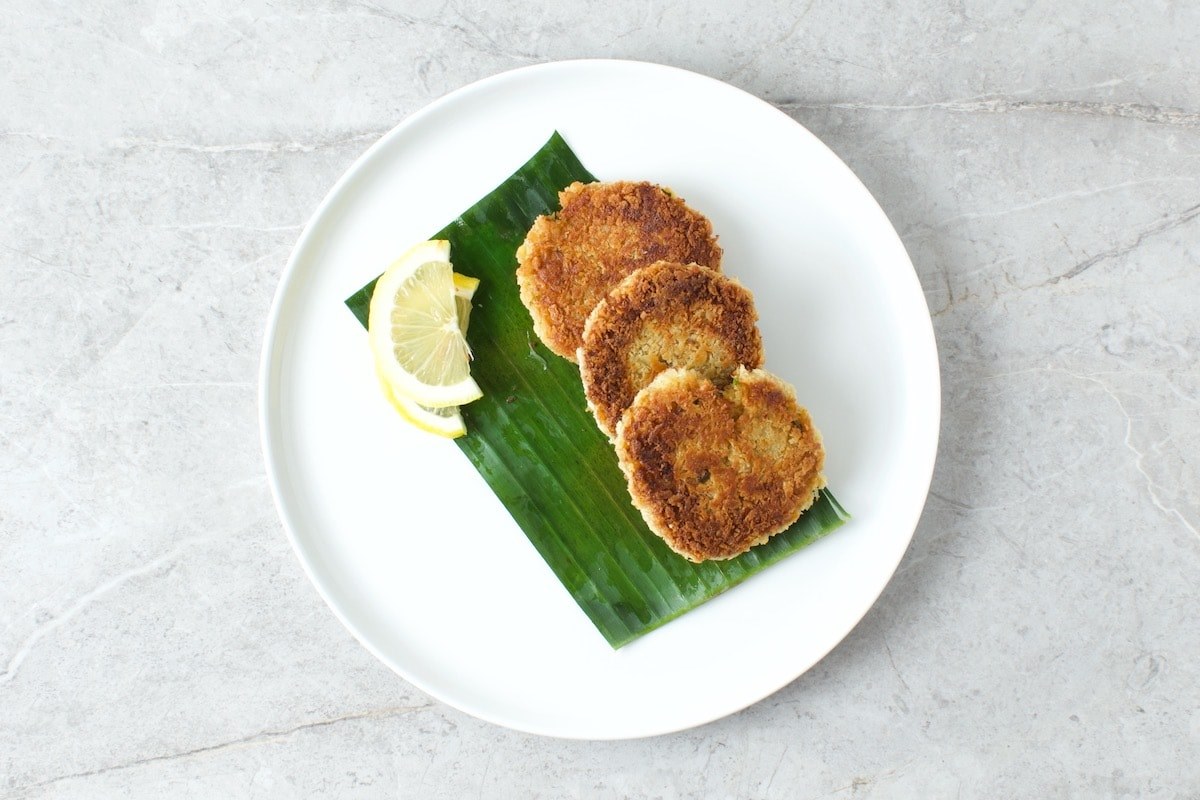Delicious and Nutritious: Cooking Bone Marrow for Your Beloved Canine
If you’re a dog owner who wants to provide your furry friend with a homemade meal that’s both delicious and nutritious, then cooking bone marrow for dogs can be a great option. Bone marrow is not only incredibly flavorful but also packed with essential nutrients that dogs can benefit from. In this article, we will guide you through the process of cooking bone marrow for your four-legged companion.
Before You Begin: Safety First
Before diving into the cooking process, it’s important to prioritize safety. Here are some key guidelines to follow:
- Choose high-quality bones from a reputable butcher or pet store to ensure they are safe for consumption.
- Always supervise your dog while they enjoy bone marrow to prevent any potential choking hazards.
- Refrain from using cooked or leftover bones, as they can splinter and cause harm to your dog.
Step-by-Step Guide to Cooking Bone Marrow for Dogs
Now that we’ve covered the safety precautions, let’s get into the step-by-step process of cooking bone marrow for your furry friend:
- Preheat your oven to 375°F (190°C) to ensure even cooking.
- Choose marrow bones that are appropriate for your dog’s size. For smaller breeds, opt for smaller marrow bones, while larger breeds can handle larger ones.
- Place the bones on a baking sheet lined with parchment paper to prevent sticking.
- Pop the baking sheet into the preheated oven and let the bones cook for about 25-30 minutes. This will give the marrow a delicious, melt-in-your-mouth texture.
- Remove the bones from the oven and allow them to cool before serving them to your dog. Be careful as they can still be quite hot.
Serving Suggestions
Now that the bone marrow is cooked to perfection, it’s time to present it to your pup. Here are some serving suggestions:
- For an extra challenge, scoop out the cooked marrow from the bone and use it as a special treat during training sessions.
- Mix the cooked marrow with your dog’s regular food to enhance the flavors and provide an additional nutrient boost.
- If your dog loves a good puzzle, you can stuff the marrow into a sturdy toy or a Kong, keeping them entertained as they work to extract every last bit.
The Benefits of Bone Marrow for Dogs
Feeding bone marrow to your dog offers several health benefits:
- Nutrient-rich: Bone marrow is a natural source of essential nutrients like vitamins A, K, and E, as well as iron and calcium.
- Joint health: The gelatinous texture of bone marrow can have a positive impact on your dog’s joint health and mobility.
- Dental hygiene: Gnawing on bones can help scrape away plaque and tartar buildup, promoting good dental hygiene.
Note: While bone marrow can be a healthy addition to your dog’s diet, it’s important to remember that it should not replace a balanced and complete canine diet. Consult with your veterinarian to ensure bone marrow is suitable for your dog’s specific needs and health conditions.
Conclusion
Cooking bone marrow for dogs is a simple yet rewarding way to provide them with a delicious and nutrient-packed treat. By following the steps outlined in this article and considering your dog’s safety, you can create a culinary delight that will leave your four-legged friend begging for more. Remember to always prioritize your dog’s health and well-being by consulting with your veterinarian before making any significant changes to their diet.
Was this page helpful?
Read Next: How To Cook Lutefisk Boil
